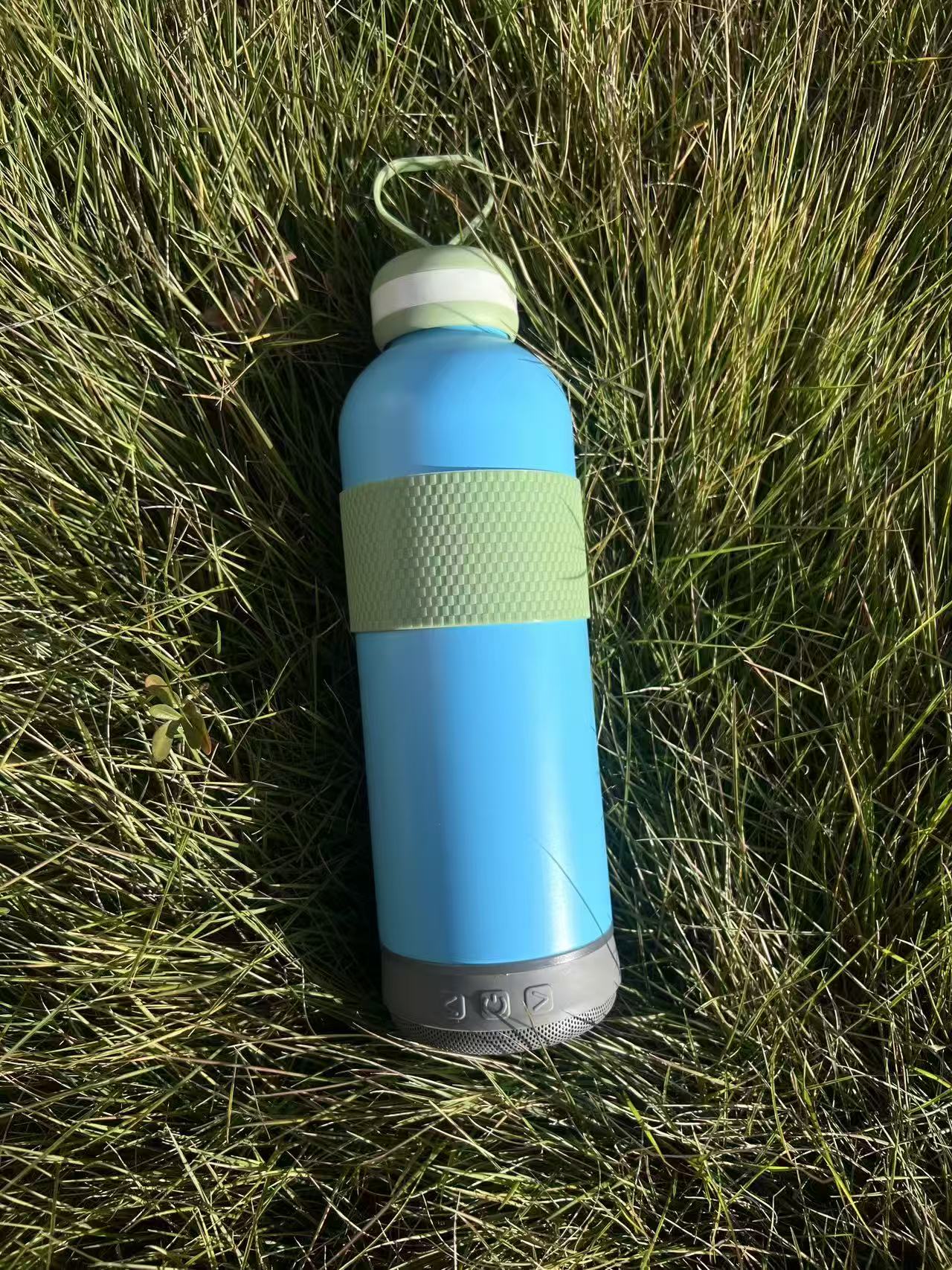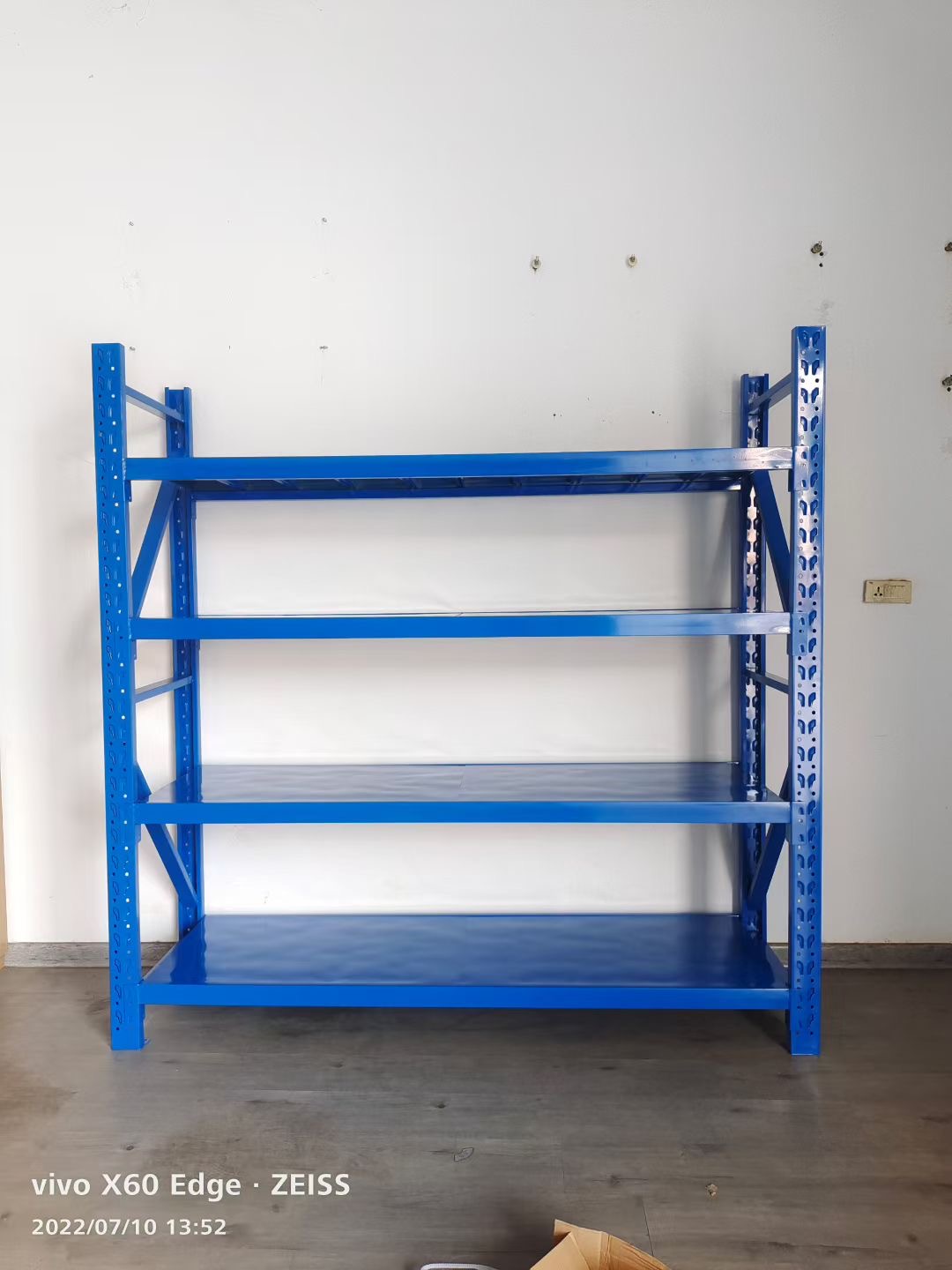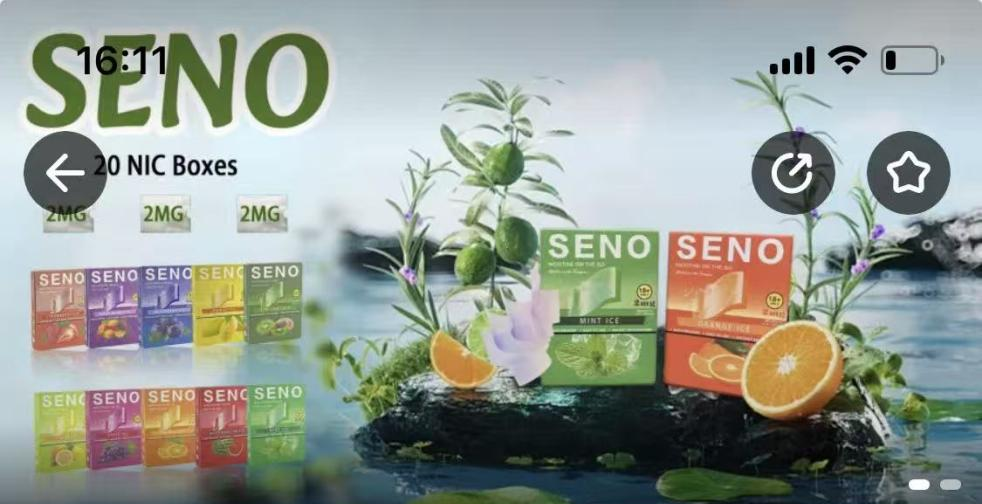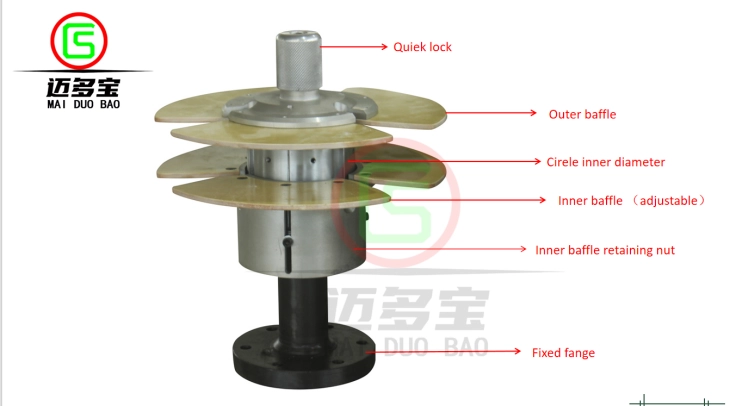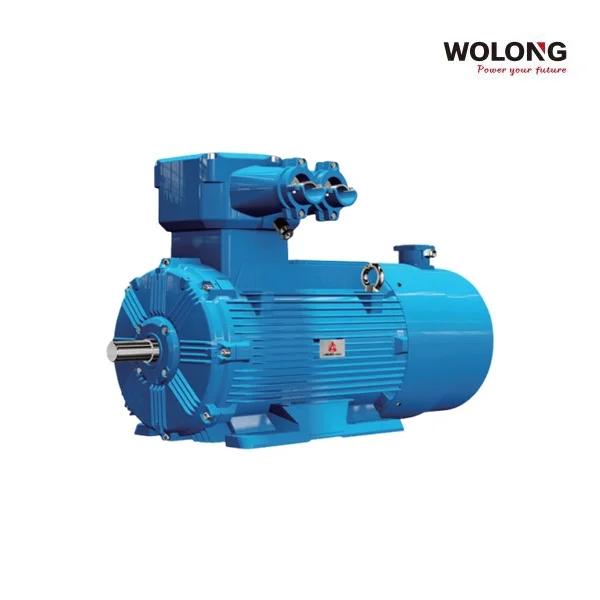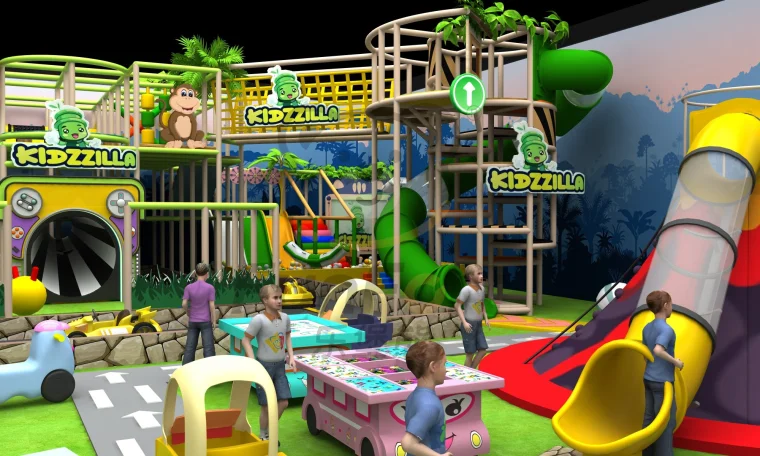When planning a day at the beach, selecting the right tent is crucial for comfort and protection from the elements. However, one often-overlooked aspect is the color of the tent. The best color tent for the beach can significantly impact your experience, influencing factors such as temperature regulation, UV protection, and even aesthetics. In this article, we will explore the science behind tent colors, their practical implications, and how to choose the best one for your beach outing.
Understanding the Science of Color
Color is not just a matter of personal preference; it has practical implications, especially in outdoor settings. The physics of light and heat absorption plays a pivotal role in how colors perform under the sun. Dark colors absorb more heat, while lighter colors reflect sunlight, making them cooler. This principle is essential when considering a beach tent, where temperatures can soar and sun exposure is constant.
The Best Colors for Beach Tents
- Light Colors (White, Beige, Light Blue)
- Heat Reflection: Light colors are excellent for reflecting sunlight, keeping the interior of the tent cooler. A white or beige tent can help maintain a comfortable temperature, allowing you to enjoy your beach day without overheating.
- UV Protection: Many light-colored tents come with UV-resistant coatings, providing an additional layer of protection against harmful rays. This is particularly important for families with children, as prolonged sun exposure can lead to skin damage.
- Bright Colors (Yellow, Orange, Bright Blue)
- Visibility: Bright colors are not only fun and vibrant but also enhance visibility. A bright yellow or orange tent can be easily spotted from a distance, making it easier for friends and family to locate you on a crowded beach.
- Mood Enhancement: Bright colors can uplift your mood and create a cheerful atmosphere. They can also be a great backdrop for photos, adding a pop of color to your beach memories.
- Dark Colors (Navy, Dark Green, Black)
- Heat Absorption: While dark colors absorb heat, they can also provide a cozy environment if you’re seeking shade. However, they may not be the best choice for hot summer days, as they can make the tent feel stuffy and uncomfortable.
- Durability: Darker colors tend to hide stains and wear better than lighter shades, making them a practical choice for families with kids or for those who plan to use the tent frequently.
Practical Considerations for Tent Color Selection
- Time of Day: Consider the time of day you’ll be at the beach. If you plan to stay during peak sun hours (10 AM to 4 PM), a lighter tent may be more beneficial. Conversely, if you’re heading to the beach for a sunset picnic, a darker tent could provide a cozy atmosphere.
- Location: The geographical location can also influence your choice. Beaches in tropical regions may require more UV protection, making lighter colors with UV coatings preferable. In contrast, cooler coastal areas might allow for darker colors without the risk of overheating.
- Personal Style: Ultimately, your personal style should play a role in your decision. Choose a color that resonates with you and complements your beach gear. After all, a beach outing is as much about relaxation as it is about aesthetics.
Conclusion
Choosing the best color tent for the beach involves a blend of science, practicality, and personal preference. Light colors are ideal for heat reflection and UV protection, while bright colors enhance visibility and mood. Dark colors, while less practical in terms of heat, offer durability and a cozy feel. By considering these factors, you can select a tent that not only meets your functional needs but also enhances your overall beach experience. So, the next time you plan a beach day, remember that the color of your tent can make all the difference in creating a comfortable and enjoyable environment. Happy beaching!

